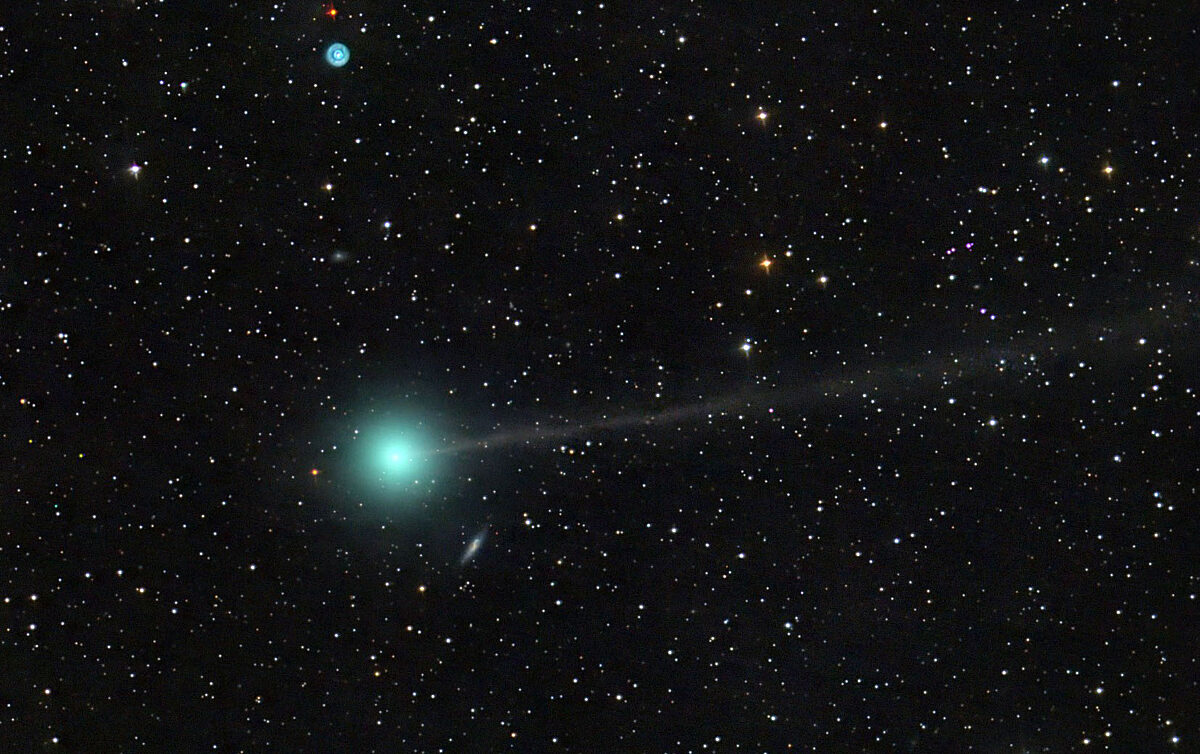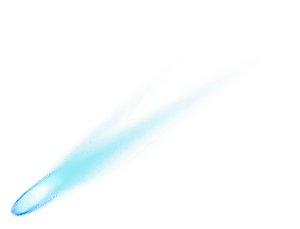The Downlink • Sep 08, 2023
Cometary sights and sounds
Space Snapshot

A comet is making a close approach to Earth this month, and you may be able to see it with the naked eye. Comet Nishimura, named after the amateur observer who discovered it, will be shining dim and greenish in the predawn eastern skies not too far from Venus. It will make its closest approach to Earth on Sept. 12 — but not too close for comfort, at about 125.4 million kilometers (77.9 million miles). Although it will be easier to see with binoculars or a telescope, it should be faintly visible to the naked eye around its closest approach. Image credit: Dan Bartlett.
You love space, now take action
This weekly newsletter is your toolkit to learn more about space, share information with your friends and family, and take direct action to support exploration. Anyone can subscribe at planetary.org/connect to receive it as a weekly email.
Mission Briefings


The Hera spacecraft is fully assembled. The European Space Agency’s mission will visit Didymos and Dimorphos to study the after-effects of the DART mission’s impact on Dimorphos in 2022, which modified the asteroid moonlet’s orbit around its parent asteroid Didymos and sent a plume of debris thousands of kilometers out into space. Hera is now fully assembled and is on track to launch in October 2024. Pictured: An artist’s impression of Hera and the two smallsats it will deploy at Dimorphos. Image credit: ESA.

India has launched a mission to study the Sun. Following the successful landing of Chandrayaan-3 on the Moon, the Indian Space Research Organization has launched another exploration mission, this time to the Sun. Aditya-L1 will study the Sun’s upper atmosphere, coronal mass ejections, solar wind and magnetic fields, as well as other phenomena.
From The Planetary Society


OSIRIS-REx will return its sample to Earth soon. The mission will drop off a sample of asteroid Bennu during a close fly-by of Earth on Sept. 24. The samples could help us understand what conditions were like in the Solar System when life arose on Earth. Learn more about the mission and what to expect from the sample drop-off. Pictured: An OSIRIS-REx team member approaches a replica sample return capsule during recovery rehearsals in July 2023. Image credit: NASA/Keegan Barber.

When looking for life beyond Earth, we look for water — even in other star systems. Lujendra Ojha, assistant professor at Rutgers University, joins this week’s Planetary Radio to talk about exoplanets orbiting red dwarf stars that could have liquid water beneath their surfaces, much like some of the moons of the outer planets in our Solar System.
What's Up

Look for yellowish Saturn rising in the east at around sunset and then shining high in the sky throughout the night, with Jupiter rising a little later and looking very bright. Super bright Venus shines low in the east before dawn, coming close to the Moon on Sept. 11. Find out what else September’s night skies have in store for you.
Wow of the Week

What does a comet sound like? How about Earth’s magnetic field? Although sound as we think of it doesn’t exist in the vacuum of space, it’s possible to sonify other kinds of data that spacecraft collect. The Sounds of Space website offers a collection of sonified data from planets, black holes, a comet, and the Sun. Image credit: scientific.place.
Send us your artwork!
We love to feature space artwork in the Downlink. If you create any kind of space-related art, we invite you to send it to us by replying to any Downlink email or writing to [email protected]. Please let us know in your email if you’re a Planetary Society member!


 Explore Worlds
Explore Worlds Find Life
Find Life Defend Earth
Defend Earth


